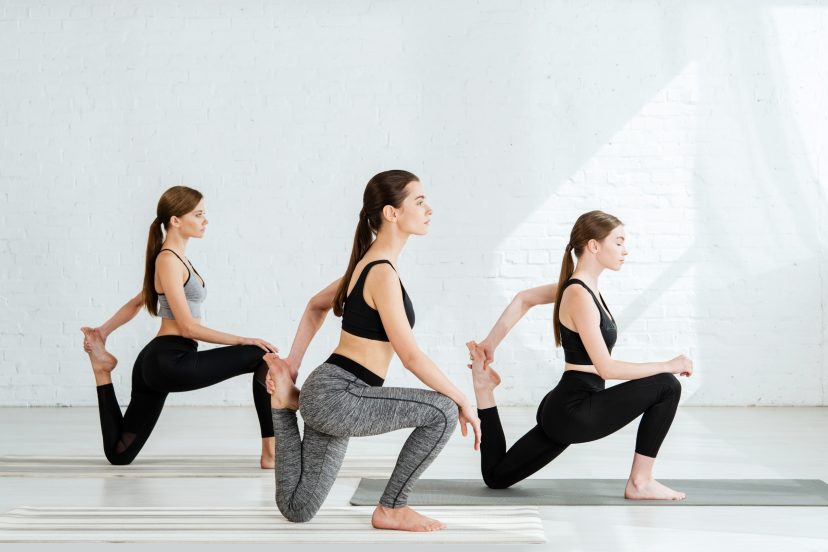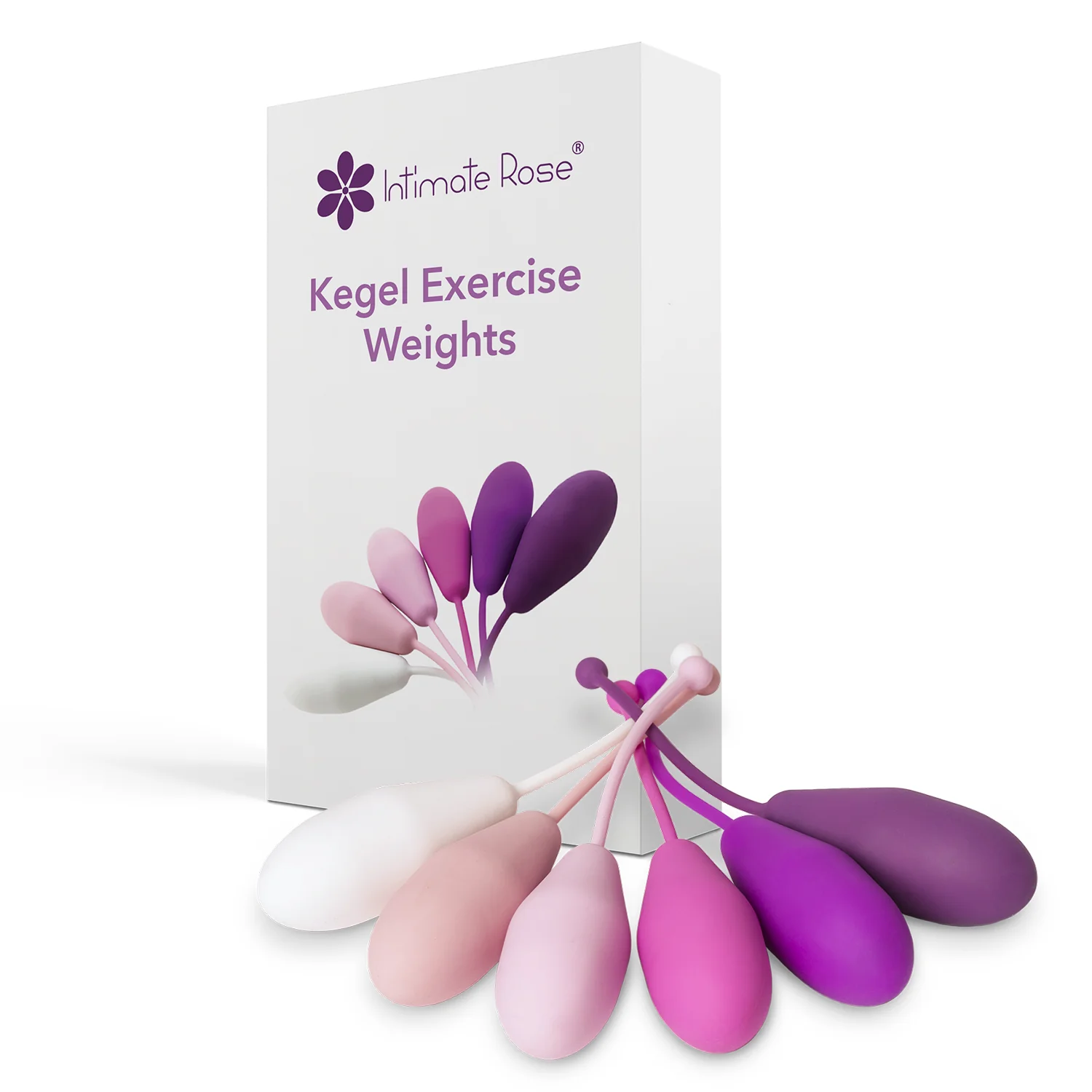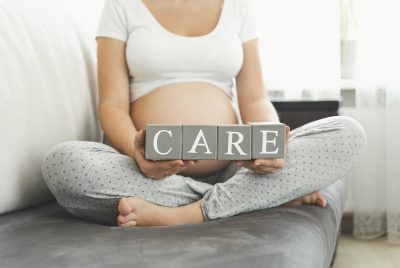Yoga For Pelvic Floor Health – The Complete Exercise
Pelvic floor problems affects many people; mostly women. It can lead to issues such as urinary incontinence, painful sex, and even pelvic organ prolapse. In this article, I will share the most common of the pelvic floor exercises and why I consider Yoga to be the number 1 exercise for Pelvic Floor Health. Get started with a ready made programme right here
What is the Pelvic Floor?
The pelvic floor refers to a group of muscles, ligaments, and tissues that form a supportive structure at the bottom of the pelvis. It spans across the area between the pubic bone at the front and the tailbone at the back. The pelvic floor plays a crucial role in maintaining overall health and wellbeing. When the muscles become weakened or damaged, it can lead to incontinence, prolapse, and sexual dysfunction. Factors that can contribute to weak pelvic floor muscles include pregnancy and childbirth. Aging, obesity, chronic coughing, and straining during bowel movements. and also affect them.
Associated Risks Of Not Exercising The Pelvic Floor Regularly
Not exercising the pelvic floor can lead to various risks and potential complications. Here are some potential consequences of neglecting your pelvic floor exercises:
Weakened Muscles
The pelvic floor muscles, like any other muscles in the body, can weaken over time without regular exercise. Weak pelvic floor muscles may lead to reduced support for the pelvic organs, including the bladder, uterus and rectum.
Urinary Incontinence
Weak pelvic floor muscles can result in decreased control over the bladder, leading to urinary incontinence. This can manifest as involuntary leakage of urine during activities such as coughing, sneezing, laughing, or exercising.
Pelvic Organ Prolapse
Insufficient pelvic floor strength can increase the risk of pelvic organ prolapse. This occurs when the pelvic organs, such as the bladder, uterus, or rectum, descend and press against or protrude into the vaginal canal. It can cause discomfort, pressure, and a feeling of heaviness in the pelvic area.
Bowel Control Issues
Inadequate pelvic floor muscle tone can contribute to difficulties with bowel control. Weak muscles may lead to problems such as fecal incontinence or difficulty emptying the bowels completely. This can result resulting in chronic constipation or straining during bowel movements.
Sexual Dysfunction
Weak pelvic floor muscles can impact sexual health and function. These muscles play a role in sexual arousal, orgasm, and the overall support of the pelvic organs during sexual activity. Insufficient strength and coordination in the pelvic floor can contribute to reduced sexual sensation, discomfort during intercourse, and difficulties in achieving orgasm.
The Most Common Pelvic Floor Exercises
There are a whole host of different exercises that can be completed to help you properly exercise your pelvic floor. Here are some of the main ones:
Kegels: Kegel exercises are fundamental for pelvic floor stretches. To perform Kegels, contract and lift the pelvic floor muscles as if you are trying to stop the flow of urine. Hold the contraction for a few seconds, then release and relax the muscles. Regularly practicing Kegels can enhance pelvic floor muscle tone and improve bladder and bowel control.
These Premium Kegel Exercise Vaginal Weights come with 6 progressive sizes as well as allowing access to online training and instructional videos.
Regain your confidence in just 15 minutes a day! Tighter and stronger vaginal muscles offer improved bladder control, enhanced intimacy, easier labor and faster childbirth recovery.
Squats: Squats are a compound exercise that engages multiple muscle groups, including the pelvic floor. When performing squats, ensure proper form by standing with feet shoulder-width apart, bending at the knees, and lowering your body as if sitting back into an imaginary chair. Squats engage the glutes, thighs, and core muscles, which indirectly support the pelvic floor. As you strengthen these larger muscle groups, you also provide stability and support to the pelvic floor muscles.
Bridges: Bridges specifically target the glutes, hamstrings, and lower back muscles, indirectly involving the pelvic floor. To do a bridge exercise, lie on your back with knees bent and feet flat on the floor. Lift your hips off the ground, creating a straight line from your knees to your shoulders. Squeeze your glutes and engage your pelvic floor muscles as you lift. Bridges help strengthen the entire pelvic region and contribute to pelvic floor stability.
Yoga: Yoga offers a holistic approach to pelvic floor strengthening by combining physical postures, breathing techniques, and mindfulness. Certain yoga poses, such as the cat-cow pose, child’s pose, and warrior II pose, can target the pelvic floor muscles.
Why Yoga is considered the best Exercise for Pelvic Floor Health
Yoga is widely recognized as a beneficial practice for overall physical, mental, and emotional well-being. When it comes to the pelvic floor, yoga offers several advantages that contribute to its strength, flexibility, and overall health. Here are some of the key reasons why yoga is so beneficial for the pelvic floor:
Mindful Awareness
Yoga emphasizes mindful awareness of the body, breath, and sensations. This awareness extends to the pelvic floor region, allowing individuals to develop a deeper connection with this often overlooked area. By cultivating awareness, individuals can better understand and engage the pelvic floor muscles during yoga poses and daily activities.
Pelvic Floor Activation
Many yoga poses involve engaging the core and activating the pelvic floor muscles. Poses like the Bridge, Chair Pose, Warrior II, and Tree Pose require stability and engagement of the pelvic floor. Regular practice of these poses helps strengthen the pelvic floor muscles, boosting their ability to support the pelvic organs and maintain optimal function.
Strengthening the Core
Yoga is known for its focus on core strength. A strong core, including the abdominal muscles, back muscles, and pelvic floor, provides a solid foundation for overall body stability. By incorporating yoga poses that engage the core, you indirectly strengthen and support the pelvic floor muscles.
Promoting Circulation and Energy Flow
Yoga poses often involve various movements, stretches, and twists that help improve circulation in the pelvic region. Enhanced blood flow to the pelvic floor supports tissue health, promotes healing, and contributes to the overall vitality of the pelvic floor muscles.
Relaxation and Release of Tension
Yoga incorporates relaxation techniques, deep breathing, and mindful relaxation poses such as Child’s Pose and Savasana (Corpse Pose). These practices help release tension and stress held in the pelvic floor muscles. Chronic tension in the pelvic floor can contribute to pelvic floor disorders, and yoga offers a means to release and relax these muscles.
Breath Work and Diaphragmatic Breathing
Yoga places significant emphasis on breath work and diaphragmatic breathing, which involves breathing deeply into the belly, engaging the diaphragm. This type of breathing encourages relaxation, reduces stress, and supports the optimal functioning of the pelvic floor. Deep diaphragmatic breathing facilitates the coordination of the diaphragm and pelvic floor muscles, enhancing their synergy and functionality.
Mind-Body Connection
Yoga encourages the integration of the mind and body, fostering a deeper awareness of the body’s sensations, limitations, and strengths. This mind-body connection helps individuals tune in to their pelvic floor, recognize any imbalances or areas of weakness, and work towards achieving optimal pelvic floor health.
Yoga Also Relaxes the Pelvic Floor
Relaxing the pelvic floor muscles can be just as important as strengthening them. Tight pelvic floor muscles (or Hypertonic Pelvic Floor) can cause discomfort, pain, and even muscle spasms. Practicing yoga can also help to relax the pelvic floor muscles. Certain poses, such as the butterfly pose and the happy baby pose, can help to release tension in the pelvic area. Massage is also an excellent way to relax the Pelvic Floor.
It’s important to approach yoga mindfully, listen to your body, and work within your comfort zone. If you have specific pelvic floor concerns or conditions, it is advisable to consult with a qualified yoga instructor. They can provide guidance on appropriate poses to support your pelvic floor health. There are various online courses that you can do from the comfort of your own home.
Yoga Burn is a fully downloadable and digital body shaping program for women that is always available at your fingertips through any mobile device, any desktop or laptop computer. What makes Yoga Burn so unique and effective is its strategic 3 phase approach to natural, healthy weight loss which specifically addresses the needs and challenges everyday women face when it comes to losing weight, shaping their body and feeling confident.
FAQ’S
Is it possible to over-exercise the pelvic floor muscles? Yes, it is possible to over-exercise the pelvic floor muscles. This can lead to muscle fatigue and discomfort. It’s essential to follow a proper exercise routine and avoid overdoing it.
What do I need to start? Starting is so easy. All you need is a Yoga Mat and a recognised Yoga programme to follow.
Can stress affect the pelvic floor muscles? Yes, stress can affect the pelvic floor muscles. When the body is under stress, the muscles tend to tense up, including the pelvic floor muscles. This can lead to various health issues, such as incontinence and pelvic pain.
How long does it take to see the results of pelvic floor exercises? The results of pelvic floor exercises may vary for each person. It may take a few weeks or months to see noticeable improvements.
Can I do Kegel exercises during pregnancy? Yes, Kegel exercises can be done during pregnancy. However, it’s important to consult with your healthcare provider before starting any exercise routine.








